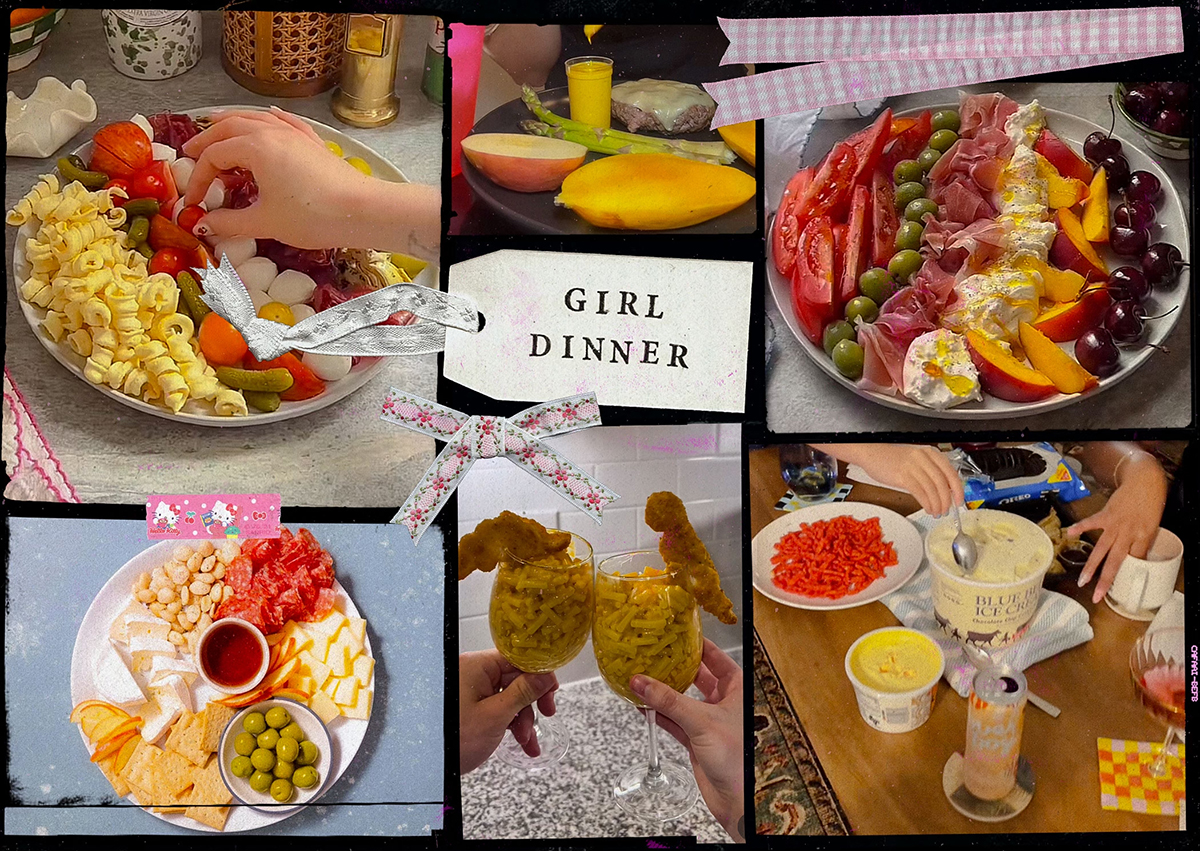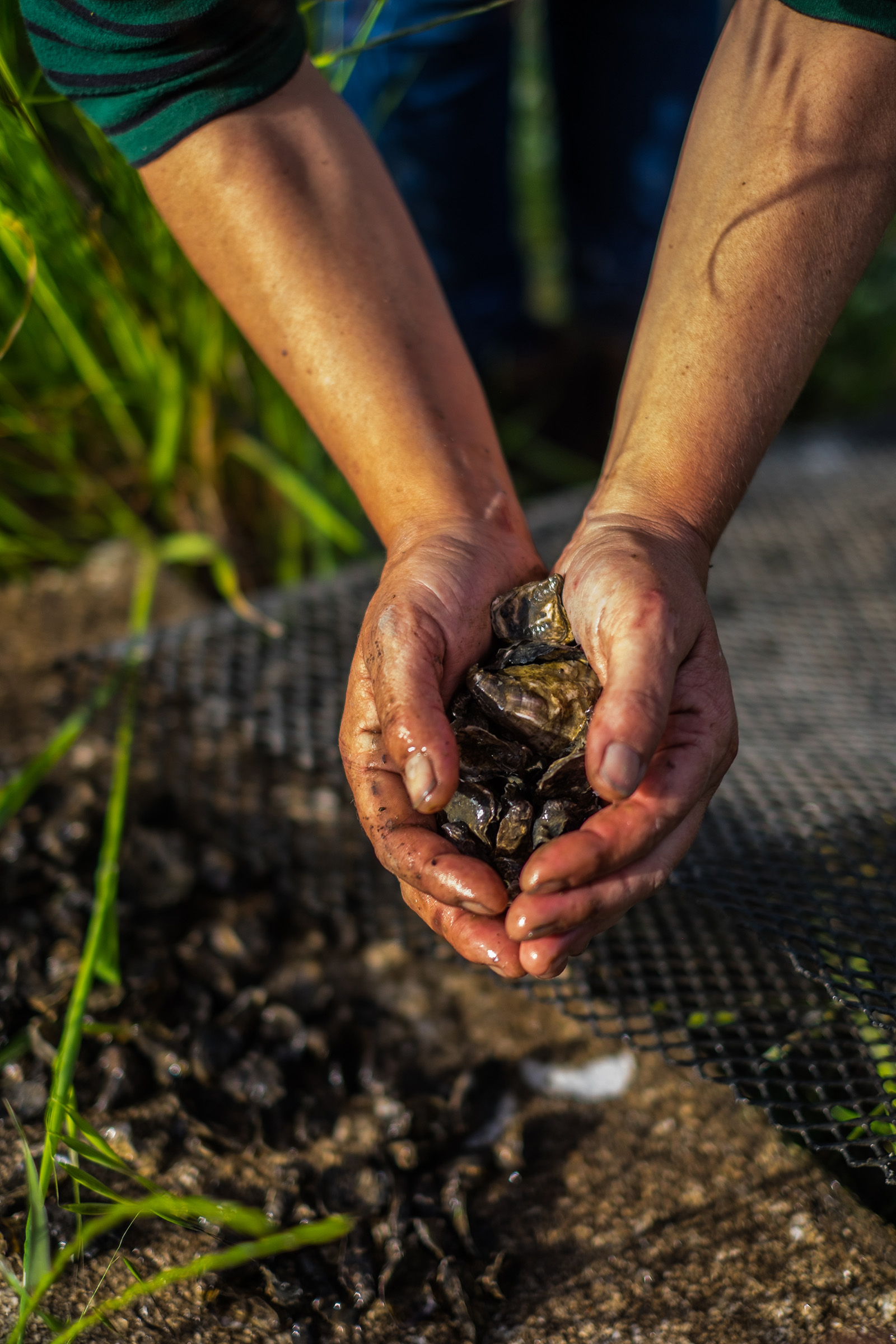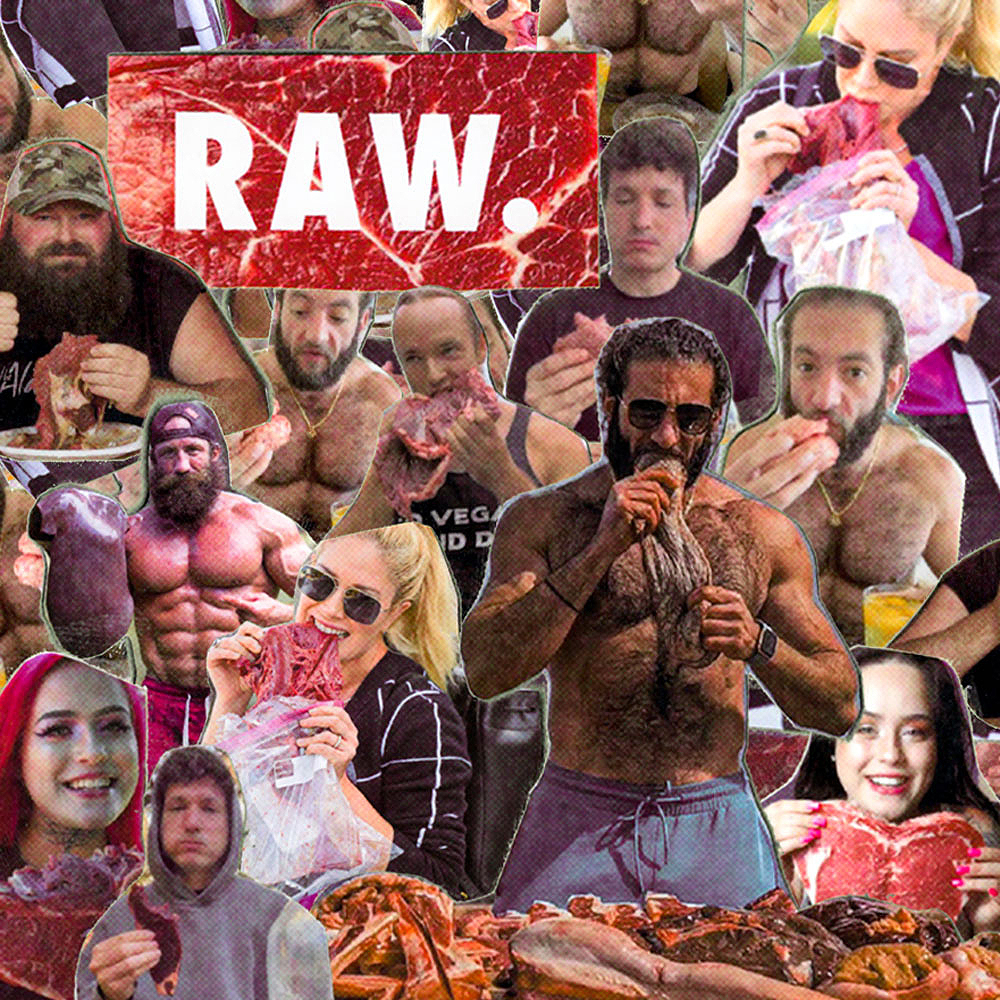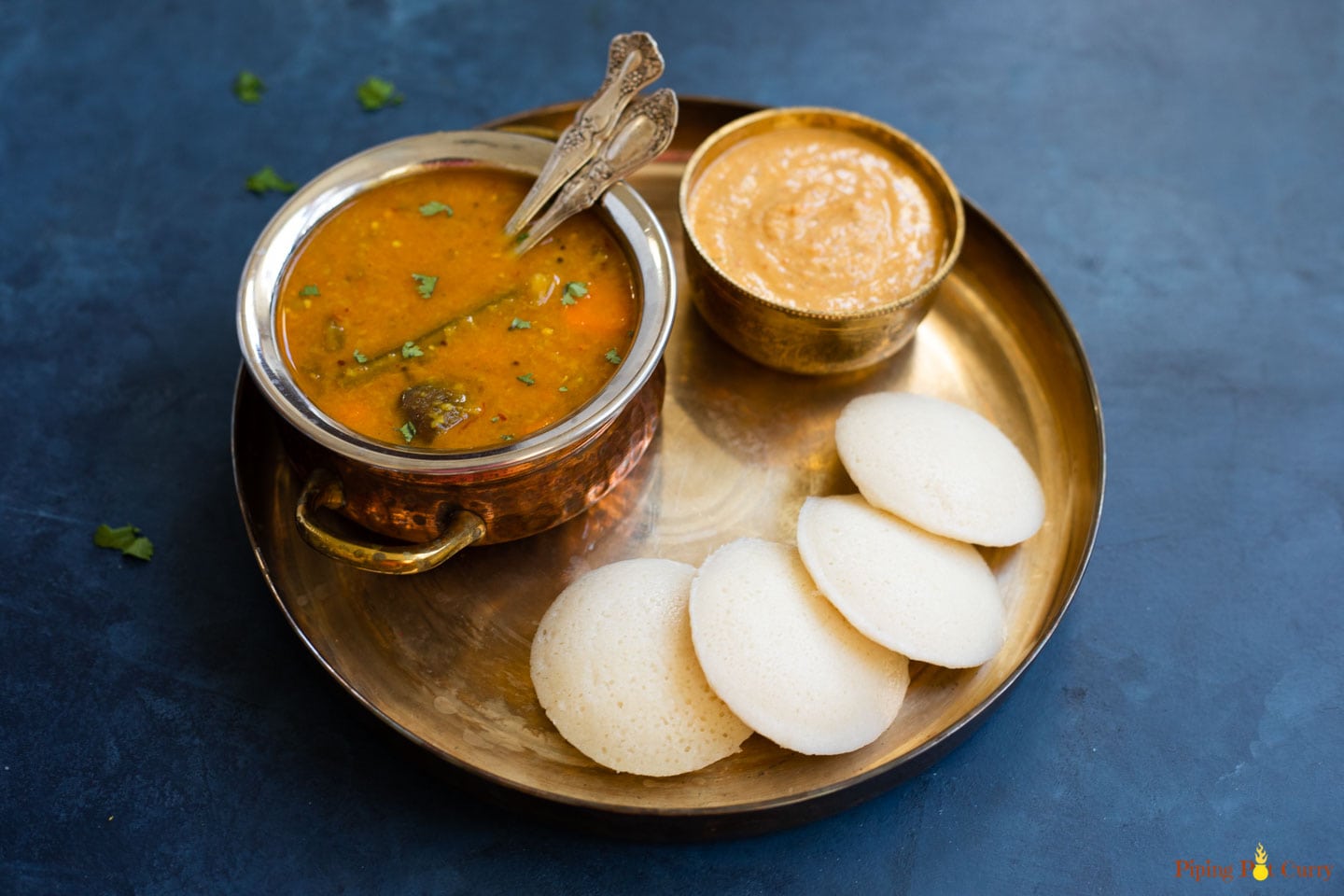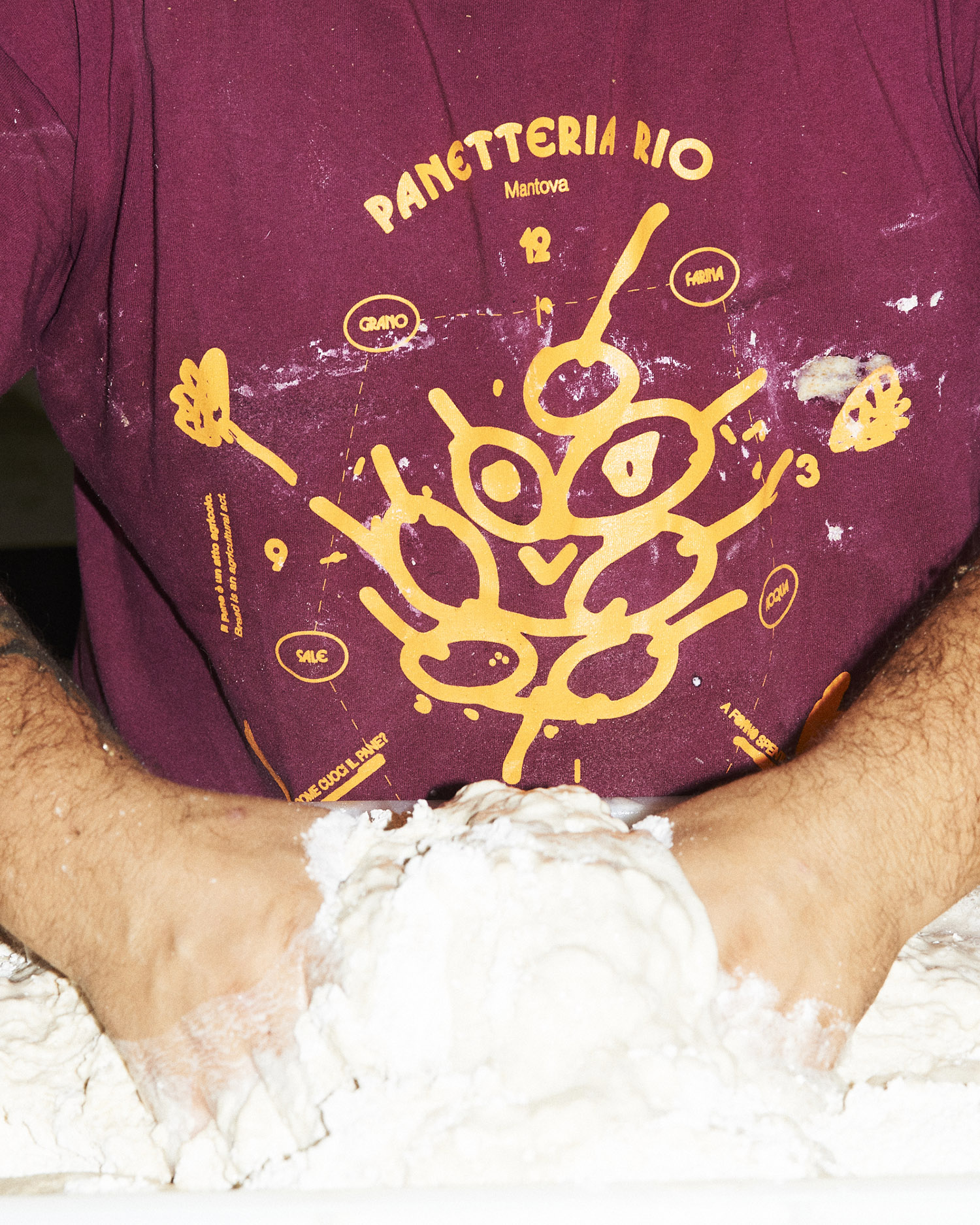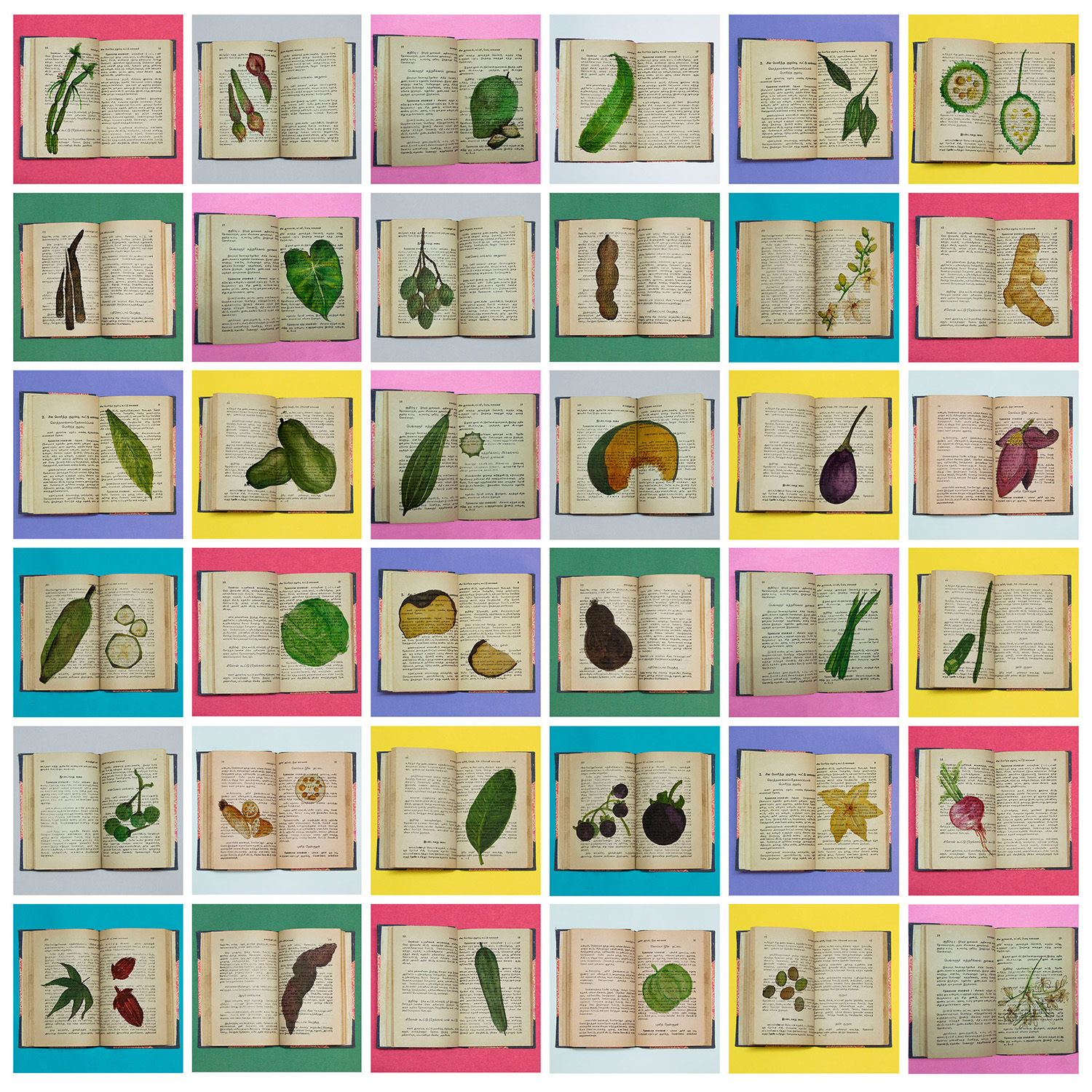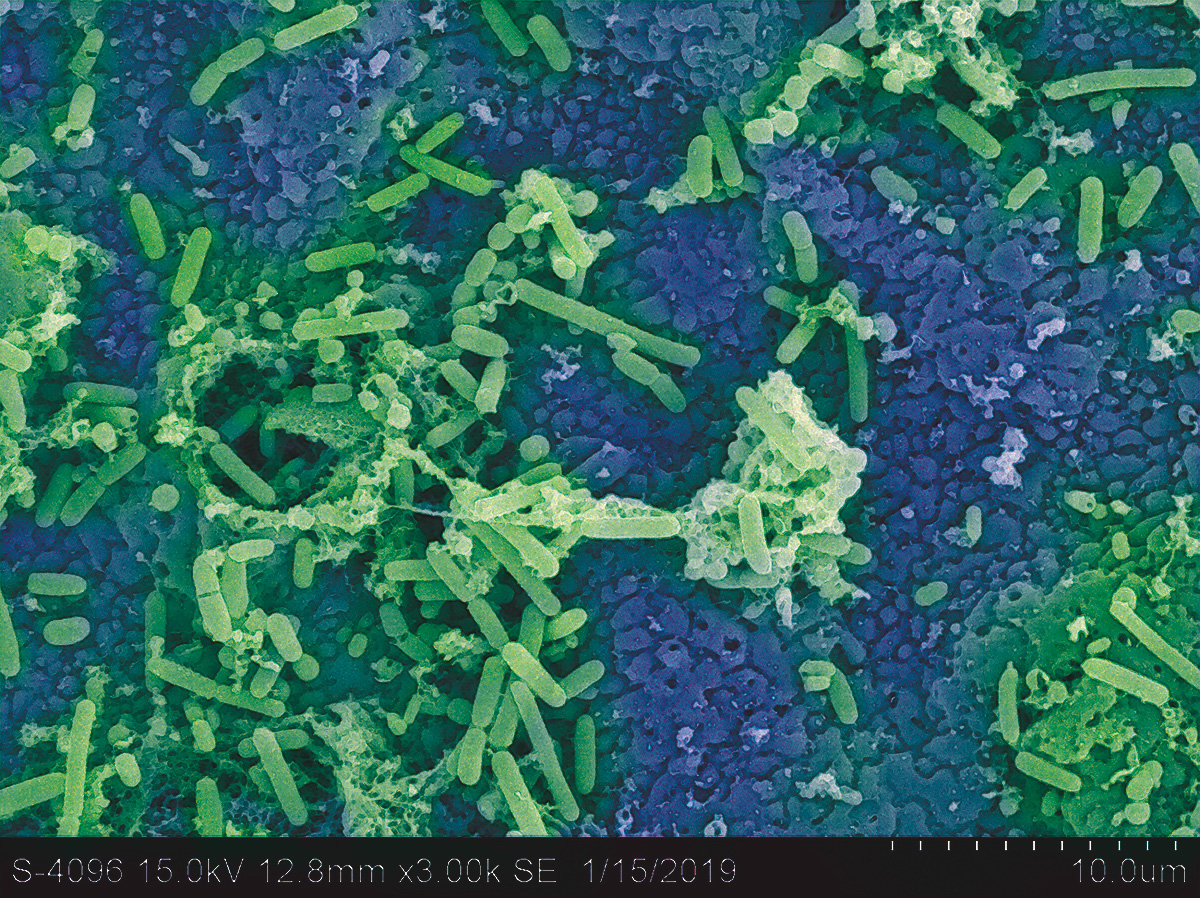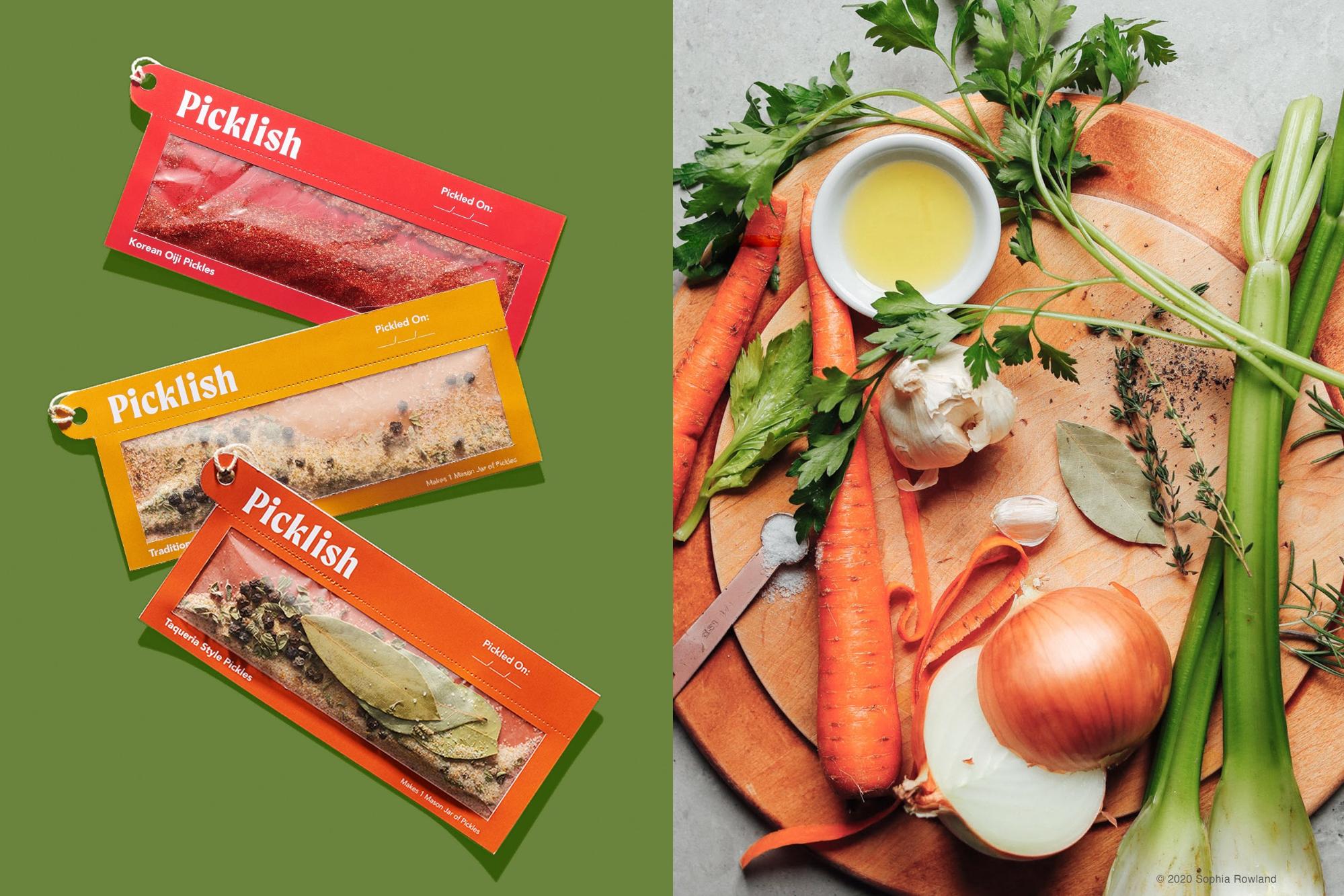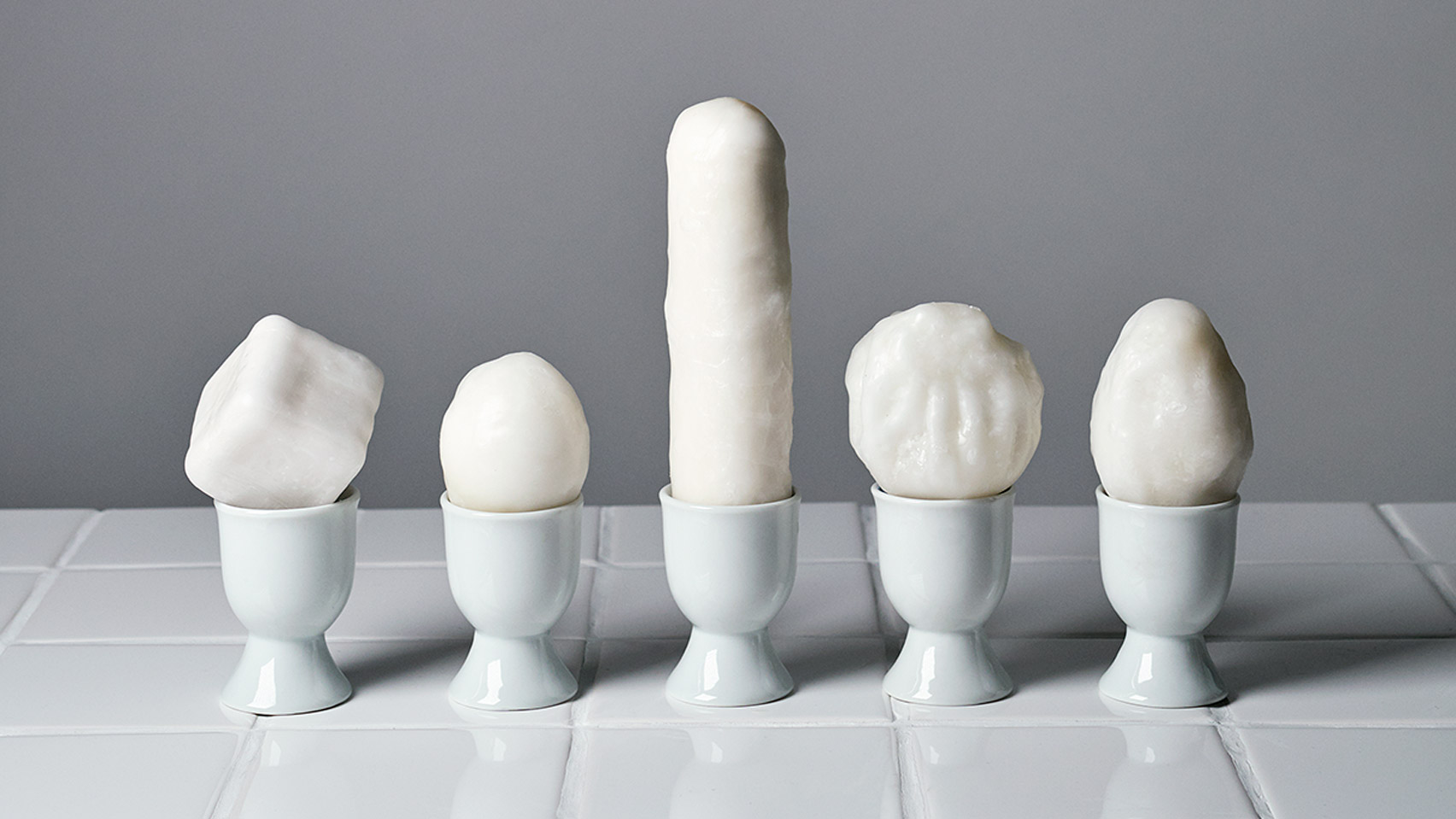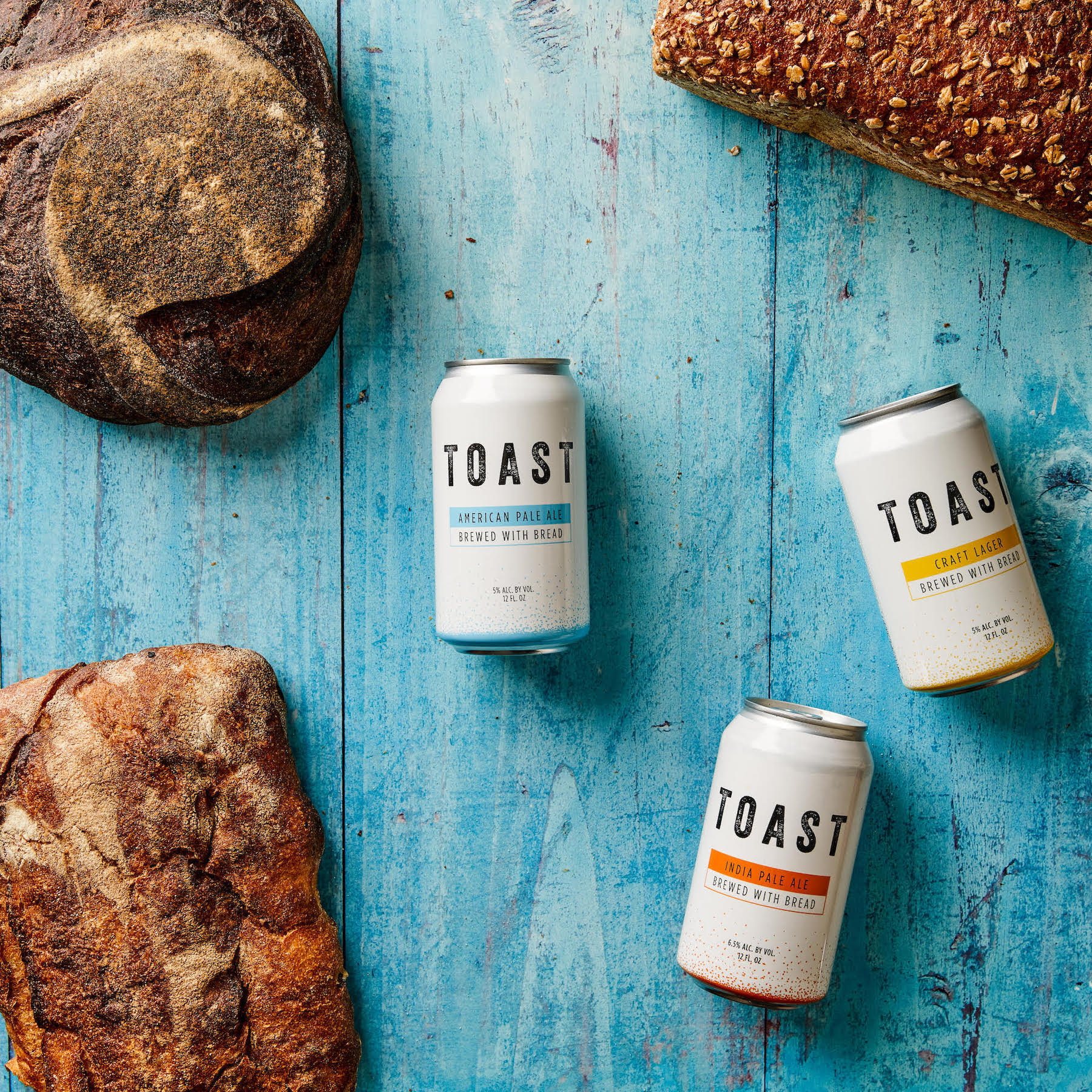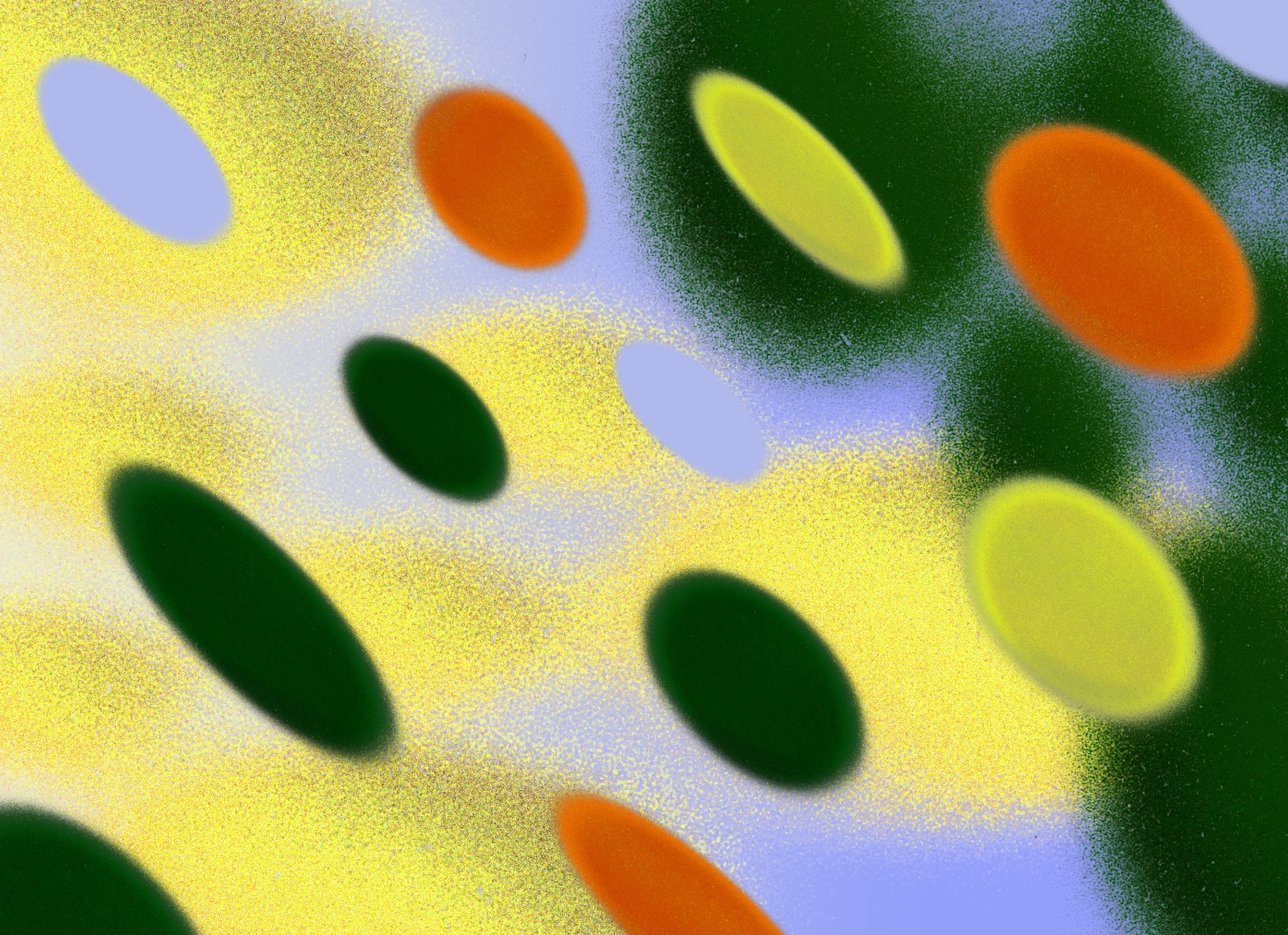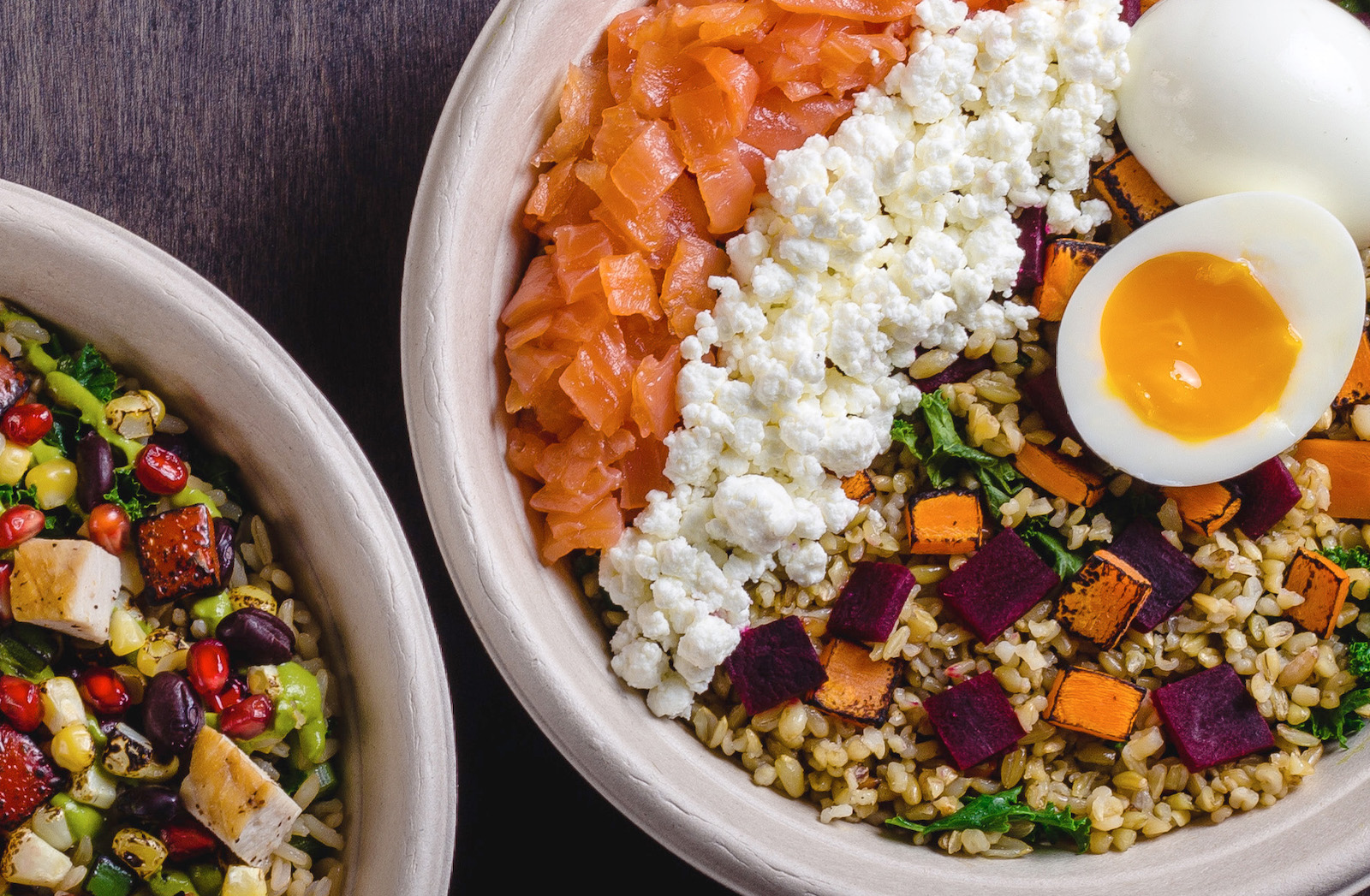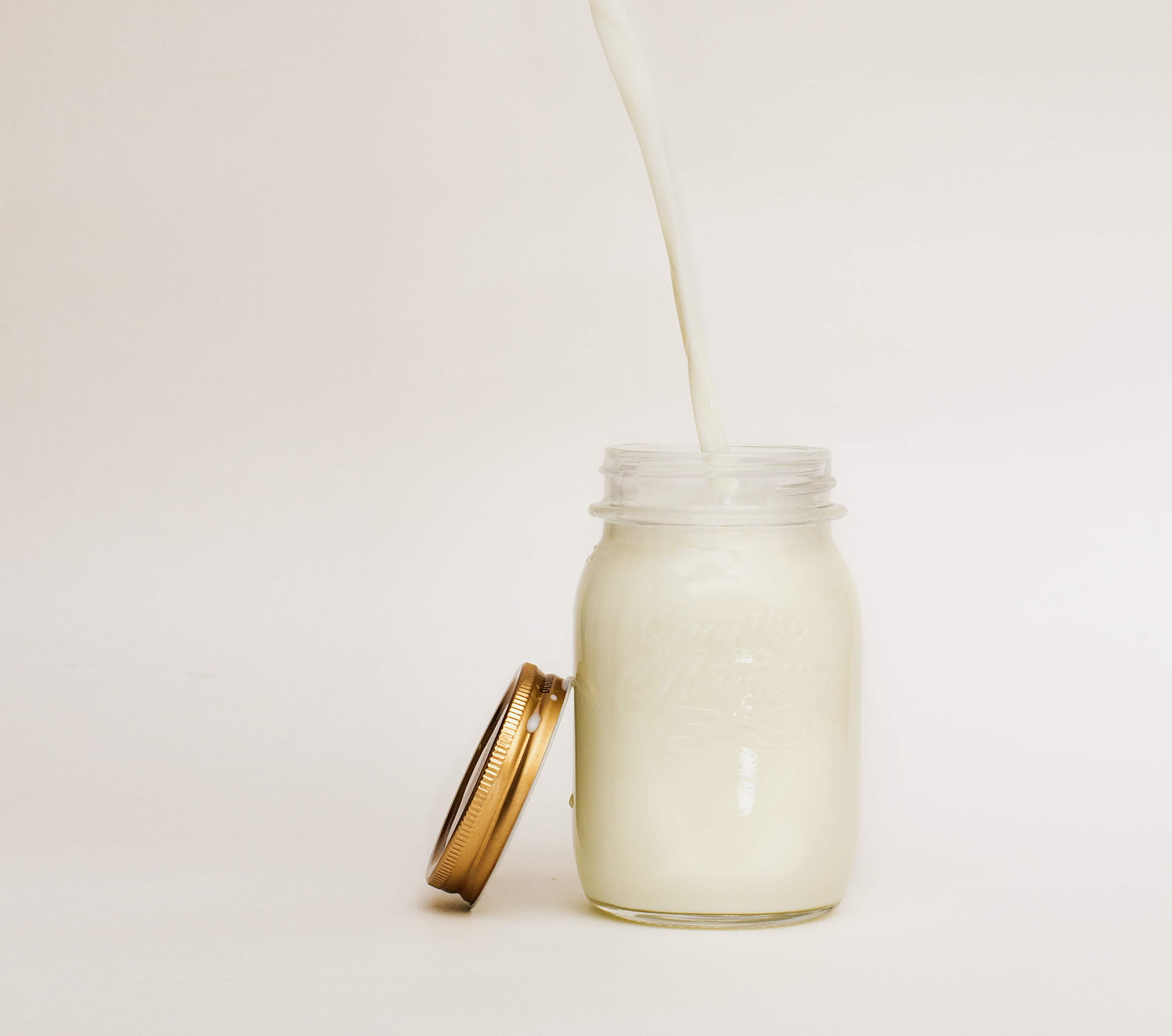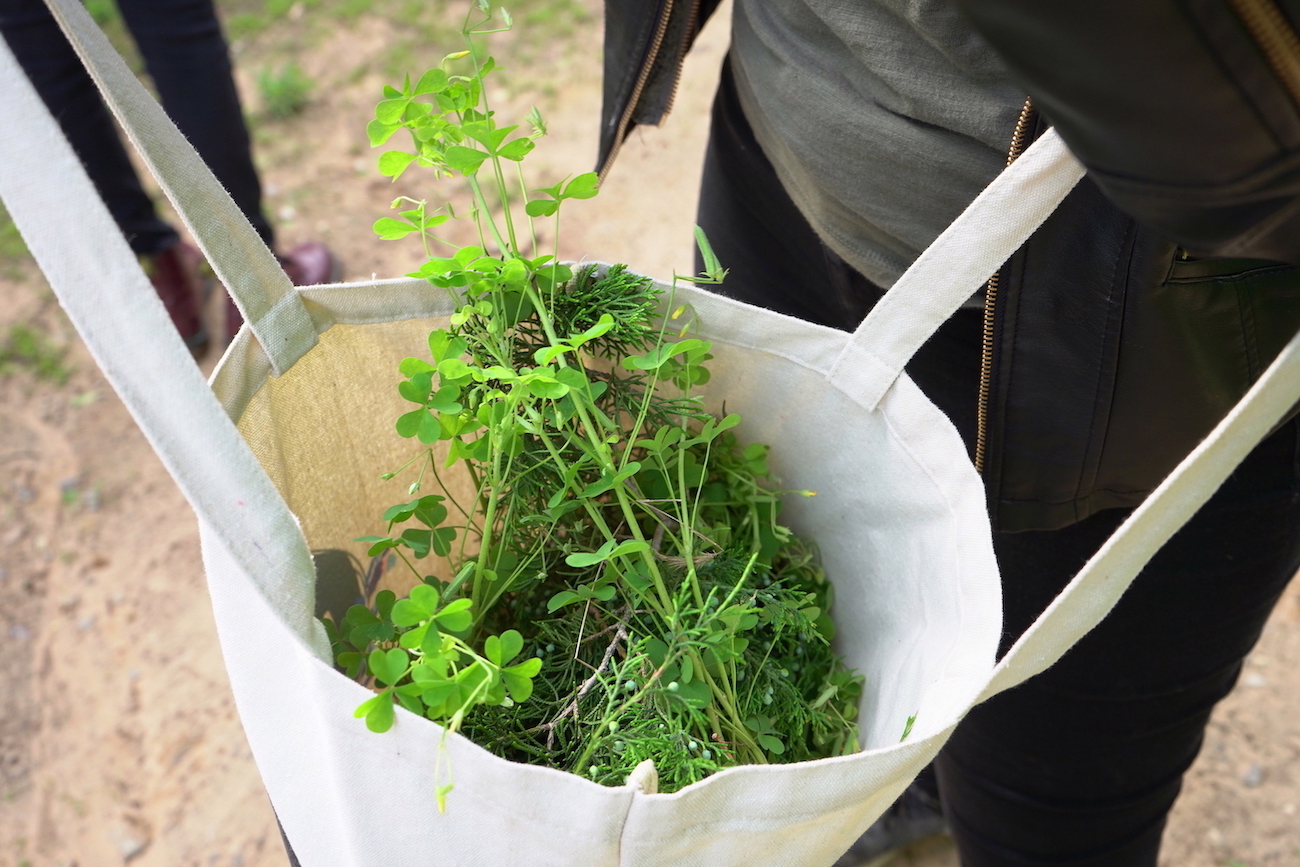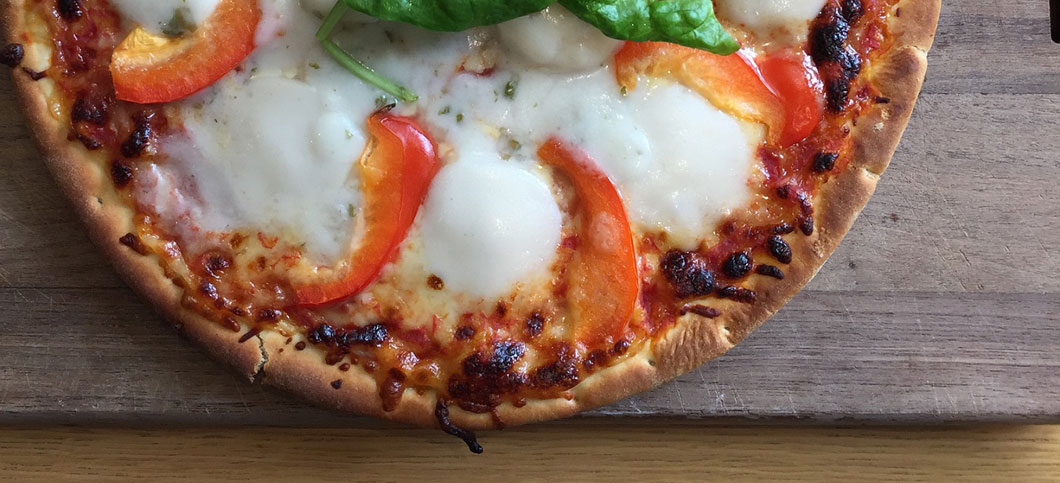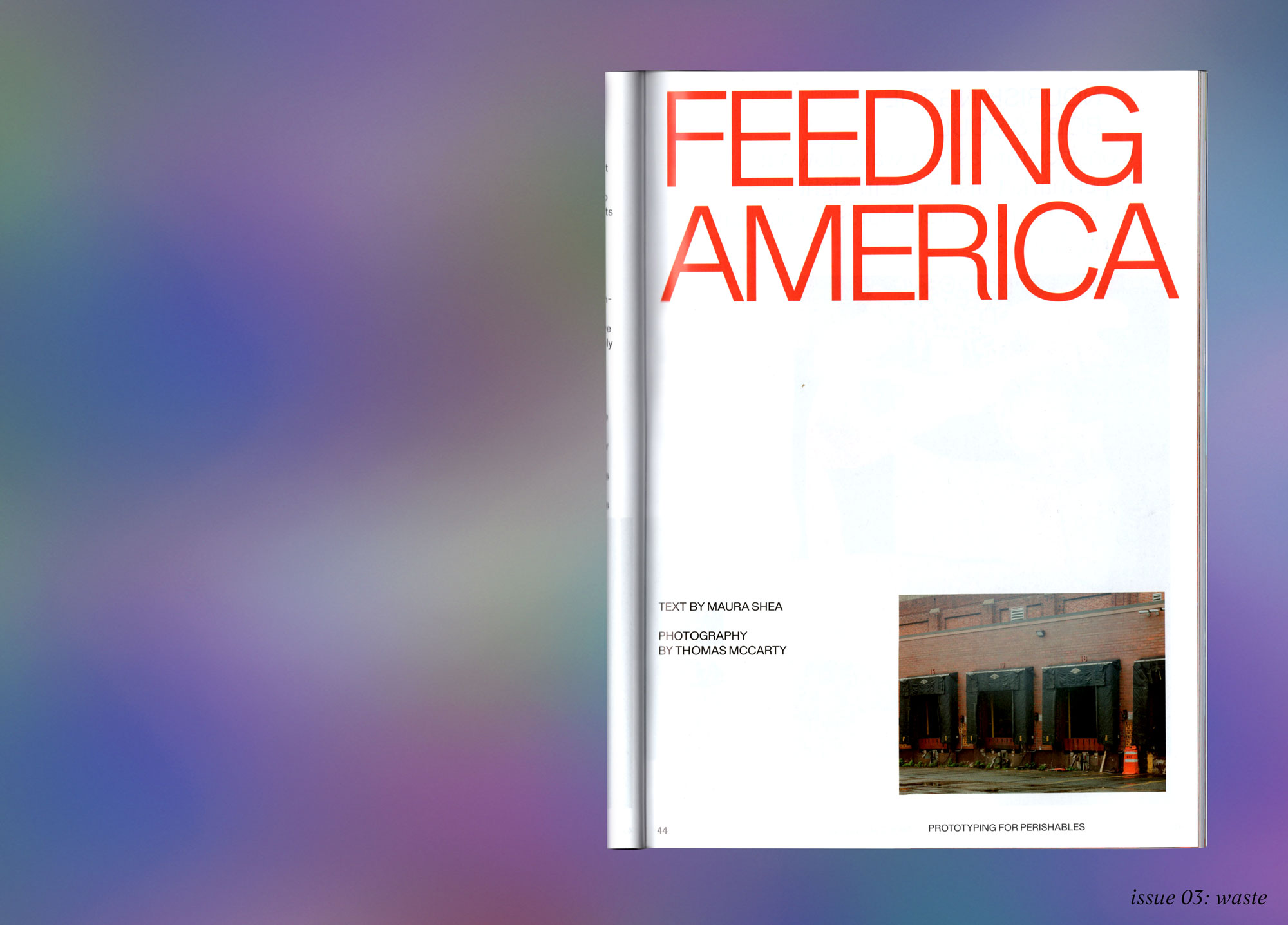The future of food doesn’t exclude holidays, and as Halloween approaches some consumers are looking for ways to satisfy their candy cravings with something a little more design oriented. Berlin-based confectionary startup Katjes Magic Candy Factory uses 3D printing technology to create custom-shaped gummy candy to-order. Since its founding in 2016, Candy Factory has expanded to bring its services to events, where people can embrace the creative nature of designing their own candy, while also participating in a communal activity, sharing what they made with those around them.
Candy Factory’s founder and creative director Melissa Snover began her work with confections by founding vegan candy company Goody Good Stuff, a sweet store that used a plant-derived bio-gum technology to craft its gummies. Snover’s background in vegan gummies is event in Candy Factory, as the 3D printed candies are made from a selection of all-natural, vegan fruit flavors. Users can also choose to make their candies sour, fizzy or bitter.
Unlike foods that are rarely associated with play and design, the fun, brightly-colored nature of candy encourages individuals to be creative with its form. Candy Factory notes that these qualities make it easy for people to get excited about designing 3D candy, and open to tasting sweets in unfamiliar shapes. When the company’s first printer was developed, Snover had to convert people’s designs for candy into code herself, so that the machine could interpret what it was supposed to create. Candy Factory eventually developed an app that executes this process automatically – users can draw pictures, write words or even upload photography to the app, and the app turns these designs into code, sending them to the printer for production.
Adding to the interactive process of Candy Factory’s 3D printing, people can watch their creations being built in front of them. Unlike other businesses that provide customization, where people send in designs and wait to receive them at a later date, they can watch the printer building up layers of gummy candy. In addition to bringing its 3D printing technology to events, where people can use the printer as a make-shift photo booth, creating selfies out of candy, the company now boasts more than 100 printers in at least 35 different locations. The popularity of Candy Factory’s participatory food design points to a larger interest in both the form of our food, and engagement with the way that we make it – as consumers look for ways to make food more interesting, and actively contribute to how it’s made.



